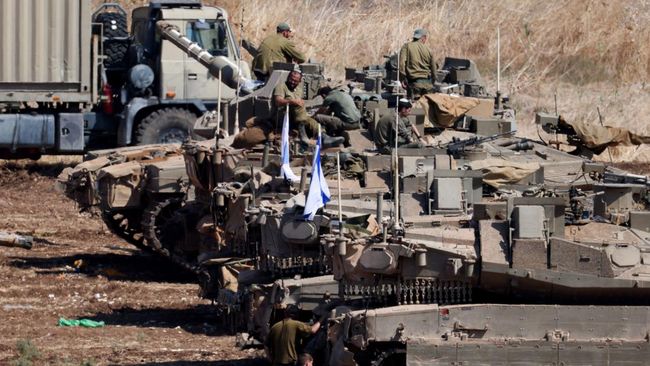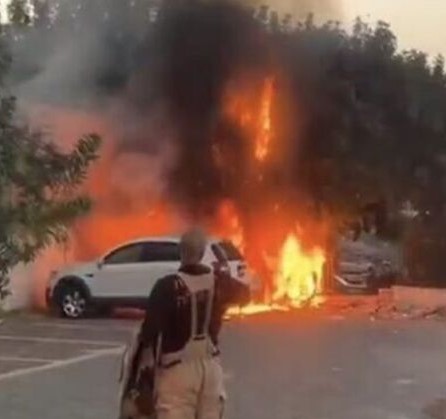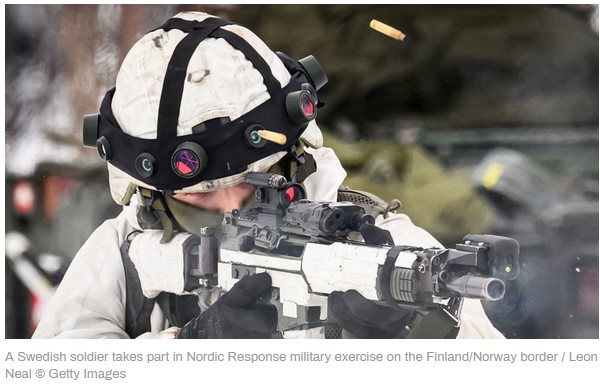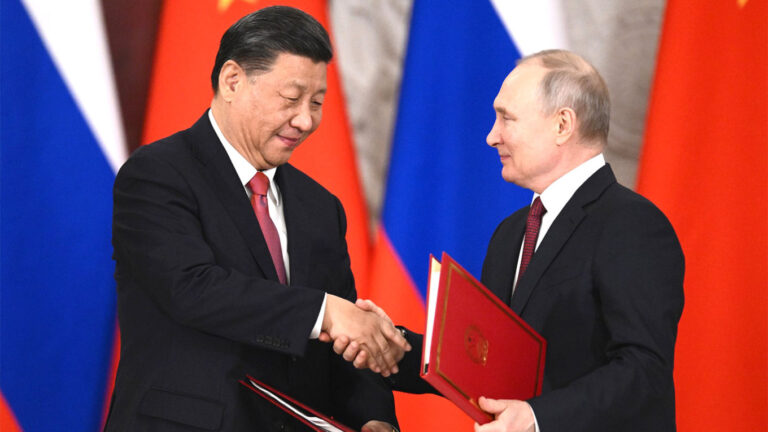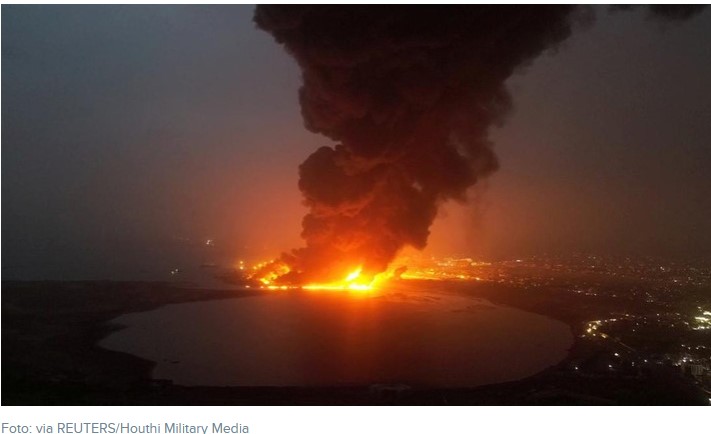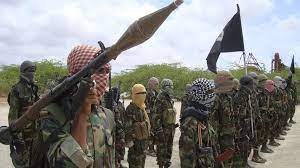
STRATEGIC ASSESSMENT. With much of the focus recently on Islamic State Khorasan (ISK) and the threat it poses in Afghanistan, there has been less attention paid to the activities of the Islamic State core, still scattered across the Levant. Led by a low-profile leader, Amir Muhammad Sa’id Abdal-Rahman al-Mawla, also known as Hajji Abdallah, Islamic State has been quietly rebuilding its networks at the local level in Iraq and Syria. In Iraq, attacks have waned considerably, with the weakest operational tempo at any point in the past several years, a trend that first emerged in September. Within Iraq, attacks remain centered around the same geographic areas, including Anbar, Nineveh, Salahuddin, Diyala, Erbil, and Kirkuk. Despite the less aggressive pace of attacks in recent months, a report from the Department of Defense’s Inspector General on Operation Inherent Resolve suggested that Islamic State attacks were displaying a “higher level of operational maturity.” This could suggest that the dip in attacks is directly related to a broader operational evolution, focused on fewer attacks, but ones that are more sophisticated in their planning and execution.
According to ExTrac, a conflict analytics system, the affiliates reporting the most attacks over the past few months include ISK and both Islamic State Central Africa Province (ISCAP) branches, located in Mozambique and the Democratic Republic of Congo (DRC), respectively. Islamic State West Africa Province (ISWAP) has wreaked havoc across the Sahel and is among the affiliates most capable of holding large swaths of territory. South Asia and sub-Saharan Africa are regions poised for further instability in 2022, as Islamic State affiliates gain momentum and seek to solidify a broader base of appeal among local populations in the areas where they operate. Islamic State core has been known to send funds and trainers to its regional branches, which vastly improves organizational capabilities and tactical expertise. At present however, it remains unclear just how closely involved central Islamic State leadership is with its global network on a regular basis. The Islamic State’s affiliate in Egypt’s Sinai Peninsula continues to decline, but stubbornly refuses to go away. Cairo’s draconian counterinsurgency campaign has failed to defeat the jihadists and some argue, has proven counterproductive by alienating locals through the Egyptian military’s scorched earth approach.
Even though the Islamic State has not been directly responsible for many high-profile attacks in the West recently, it continues to inspire homegrown violent extremists. In September, an individual inspired by the Islamic State stabbed six people in New Zealand in what the authorities labeled a terrorist attack. In October, five individuals in Bonn, Germany were arrested following raids by German anti-terrorism forces. The suspects are accused of planning a terror attack inspired by the Islamic State. Also in October, a 25-year-old British man of Somali descent who considered himself affiliated with the Islamic State stabbed and killed Sir David Amess, a member of the UK parliament. Numerous plots involving Islamic State or jihadist propaganda were disrupted throughout Europe over the course of the year. Last month, the U.S. Department of Homeland Security (DHS) issued a bulletin warning that the Islamic State and its affiliates could be emboldened by the U.S. withdrawal from Afghanistan and “will likely continue to maintain a highly visible online presence in an attempt to inspire U.S.-based individuals to engage in violent activity.”
Since the loss of its territorial caliphate, Islamic State has struggled to serve as the inspiration it once did to sympathizers across the globe, especially in the West. However, Salafi-jihadist groups like al-Qaeda and the Islamic State are learning organizations, always seeking to innovate and capable of finding new and effective ways of spreading propaganda to inspire and recruit followers. The deplorable conditions in the displacement camp al-Hol in northeastern Syria could continue to serve as a rallying cry and recent prison break attempts will remain a component of the group’s strategy. While the legal issues around repatriation are highly contested between the US and counterterrorism partners, the humanitarian and security considerations for states to take back their citizens is only increasing over time. When militants are able to launch attacks with impunity, it directly feeds the success of their propaganda, contributing to a vicious cycle that inspires violent extremists and helps with recruitment. Although it will not change the number of U.S. troops deployed to Iraq – which will remain steady at 2,500 – the formal transition of the mission to “training, advising and intelligence gathering.” Islamic State is poised to take advantage of continued sectarianism and will be able to capitalize upon abuses committed by Iran-backed Shia militias in Iraq (TSC).


